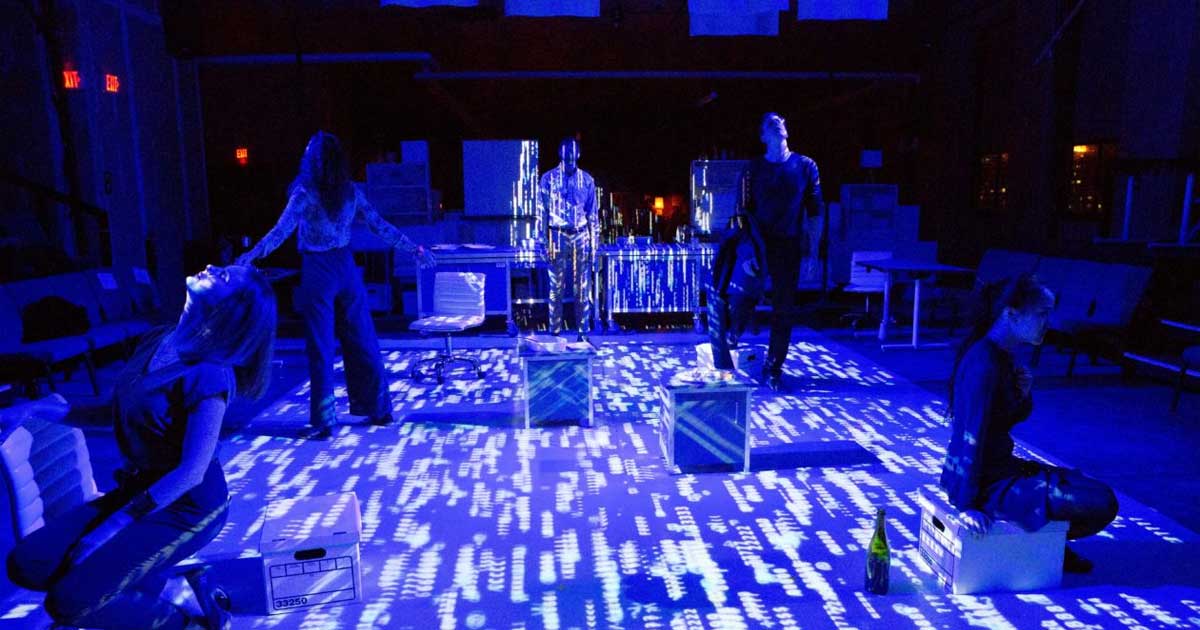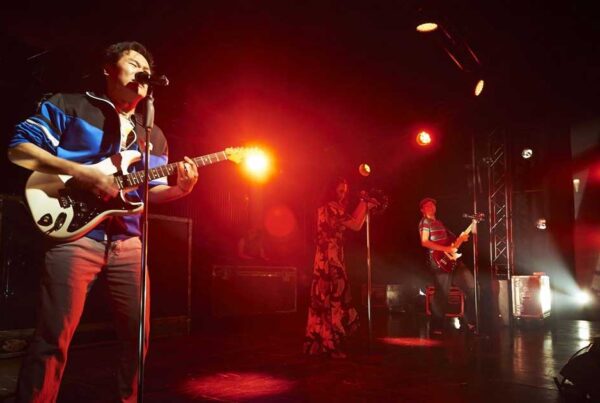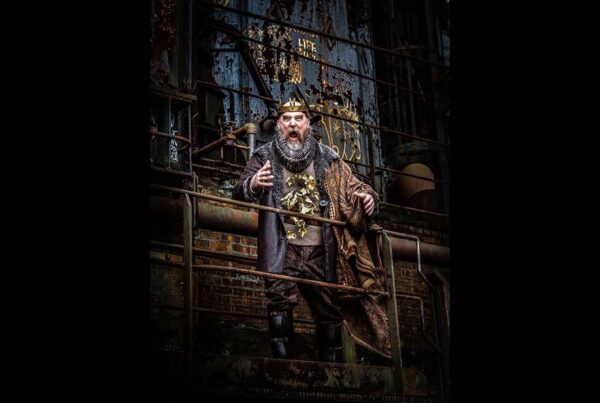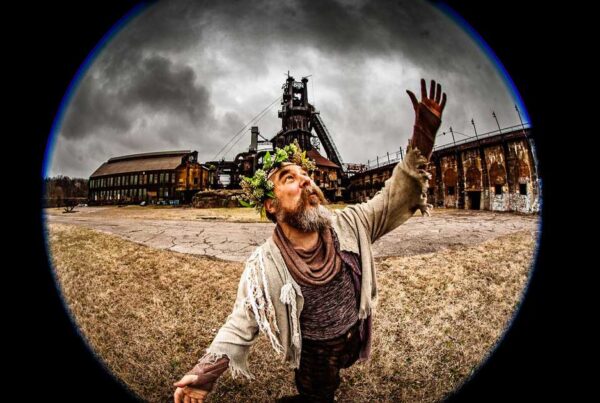
GeekWire – PITTSBURGH – Karla Boos describes herself as a high-level, outside-the-box wizard. For the past 27 years, as the founder and artistic director of the Quantum Theatre Company in Pittsburgh, Boos has been waving her magic wand and pulling rabbits out of the hat, staging original productions of plays in unorthodox and often technically challenging spaces throughout the city.
Always on the lookout for the perfect place for the next play, Quantum has moved from venue to venue, producing more than 80 plays in such diverse locales as the historic Allegheny Cemetery, the Pittsburgh Zoo, The Mattress Factory, the Andy Warhol Museum, the Giant Eagle Warehouse, outdoors in Mellon Park, and in a modernist building in the Allegheny Center (renamed Nova Place and reborn as a technology hub) for a production of Henrik’s Ibsen “The Master Builder.”
For Boos, the huge, rectangular floor at Nova was very luxurious. The space had been gutted but there was heat, electricity, and working plumbing. She barely had to raid her giant warehouse, stocked with three different heating systems, chairs, and a detritus of things that people had built for Quantum’s productions over the years.
“You could see an expansive view out of every window, on all four sides,” Boos said of the Nova space. Strangely, though, “with its lowish ceiling, there was also a sense of oppression and, at times, when they were rehearsing, the wind would whistle through. You felt like you were in Norway in a great tower.”
“Our approach is very emblematic of Pittsburgh,” Boos said, “ a combination of authenticity and innovation. We go into spaces from the past, vestiges, quite raw, where there are often peeling historical layers and we bring in state-of-the art technology to realize their potential.”
Boos collaborates with talented Pittsburgh theater “techies” to accomplish this remarkable amalgam of past, present, and future. She works with Joe Seamans, a gifted film, video, and projection designer whose past credits include Nova and National Geographic. “Seamans makes incredibly sophisticated projections to create a world that might be crumbling.” Boos also works with C. Todd Brown, a lighting designer who “can wire just about any building,” she says.
Quantum’s technical collaboration is not new. Fifteen years ago, when the company was producing Shakespeare’s Cymbeline, Boos approached Illah Nourbakhsh, head of the robotics department at Carnegie Mellon University. It was just at the time that the department was gaining its reputation in the field. “We wanted the audience to be able to text message in real time AND we wanted the robotics folks to set up printers in trees, so that the audience could read the messages on large scrolls. Beyond the technical aspects of the show, they had to figure out what printers and what paper could work/last outdoors.”
Another successful collaboration was with District 5 Sound, led by artist and CMU sound designer Sarah Pickett. Quantum adapted Nobel prize-winning novelist Jose Saramago’s All the Names. The audience entered into a black room in the old North Side Carnegie Library where their first experience was sound-based. Barbara Luderowski, founder of The Mattress Factory art museum, came up with the idea of adding live sheep into the production on the second floor of the space…




